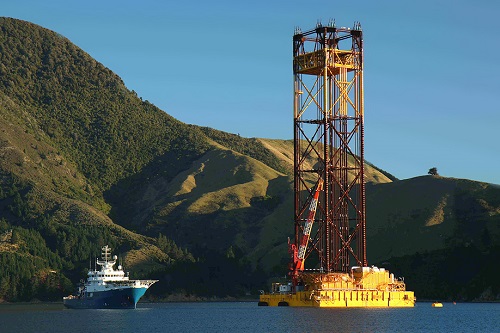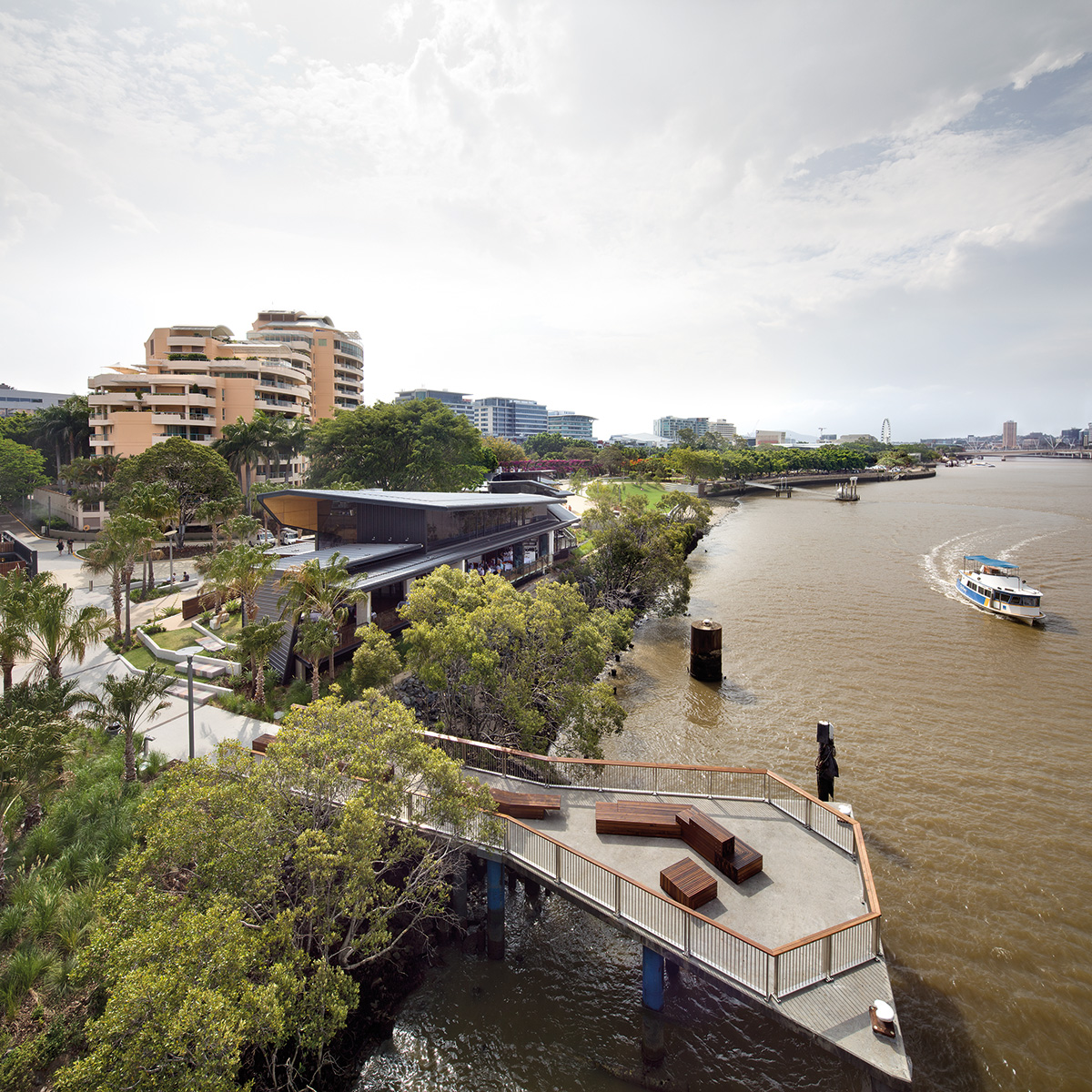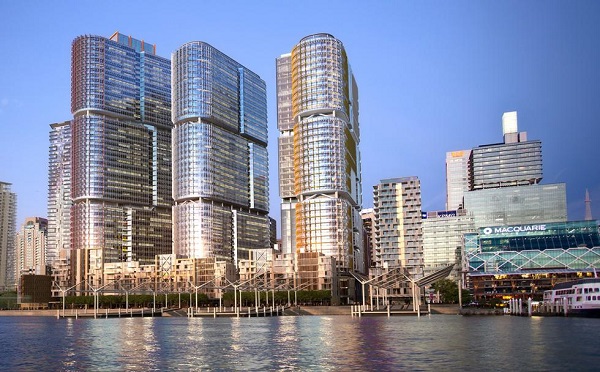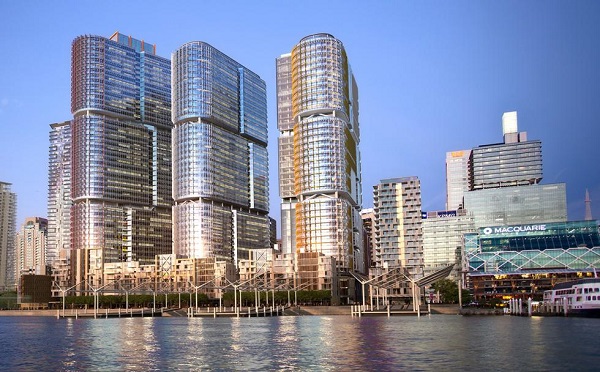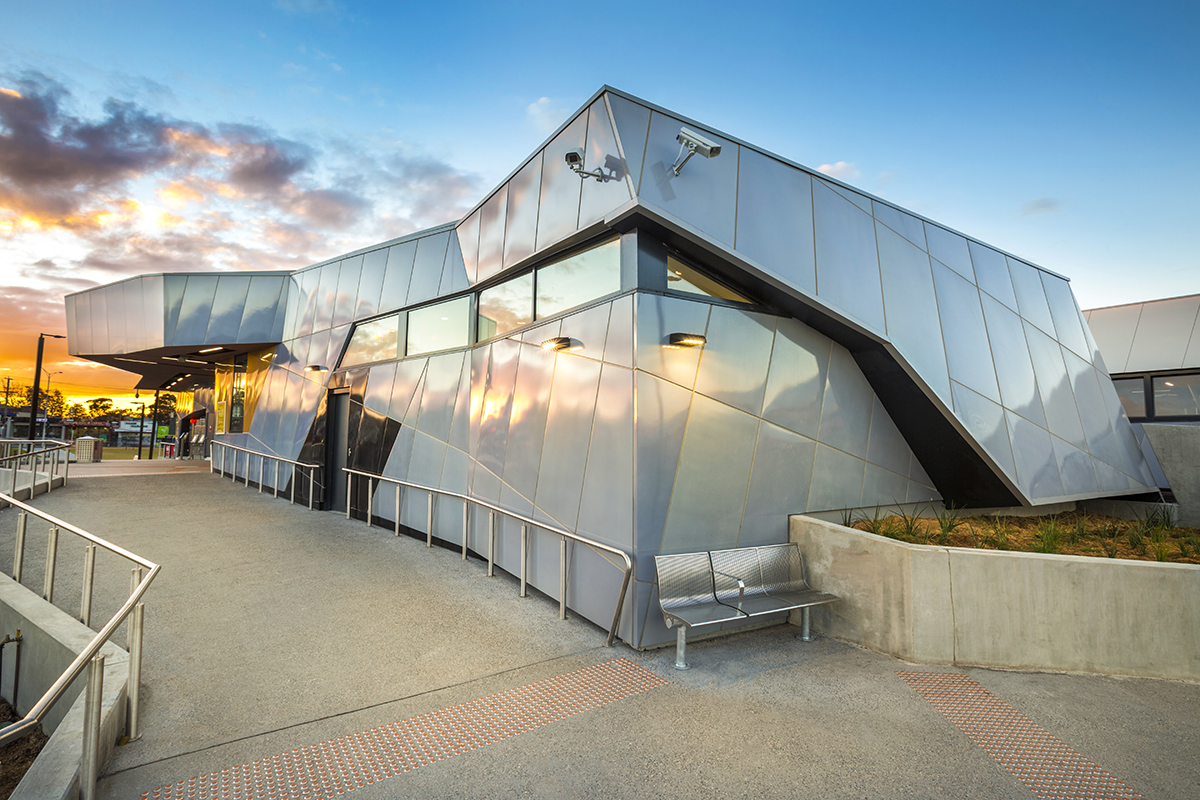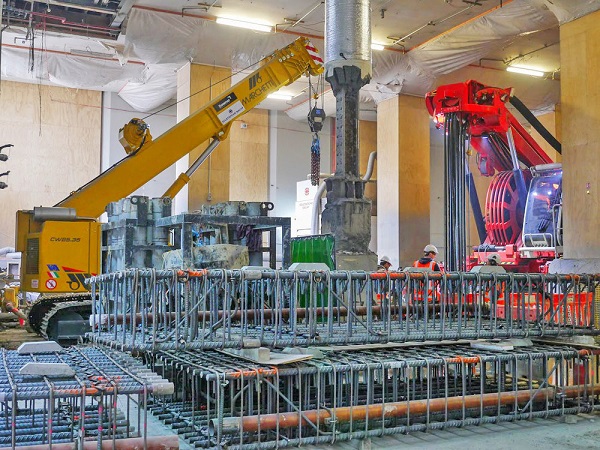The Purpose and Impacts of ISCA: A Practitioner’s Perspective
Article by Nicole Neal, Cardno
With the launch of ISCA fabulous new website, and as the 2017 Individual Leadership award winner, this is a fantastic opportunity for me to talk about what I perceive to be ISCA’s purpose in the infrastructure market and the impact it’s having in the sector.
I’ve been around the world of ISCA on and off and to varying degrees of “closeness” more or less since its inception (and considerably more “on” in the last five or so years!). From the days of the Australian Green Infrastructure Council (AGIC) as a young, up-and-coming consultant through to Co-Chairing of the Contractor’s Working Group, through in-house assessment of IS registered projects and working with design and construction teams in understanding, embedding and applying the IS framework to various projects.
So I’ve seen how ISCA as an organisation has developed over recent years to the organisation it is currently. In that time I’ve seen ISCA clearly demonstrate its purpose and raison d’etre, and the positive impacts that it has had and is having in terms of pushing the sustainability agenda and shaping infrastructure delivery in Australia and New Zealand.
So what is ISCA’s purpose and what kinds of impact is it having? It’s just a rating scheme plonked into contracts right? Well, let’s have a look…..
The industry benchmark
It hopefully goes without saying that through the IS rating scheme ISCA has developed the industry benchmark in Australia and New Zealand for sustainability in infrastructure projects. It has a created a consistent, uniform definition and framework approach to this oft nebulous term of “sustainability”, with best practice approaches embedded. So far, so good.
Encourages innovation
But in creating an industry-accepted definition and framework, ISCA has created a level playing field with respect to what sustainability means. From my own perspective, I’ve definitely experienced that it’s a whole lot easier for sustainability considerations to be brought into the mix, to be designed in (or out), to be discussed, to be costed and accounted for if its universally understood what is meant by “sustainability” by a whole team and what outcomes are being striven for.
With respect to impact this means precious time, energy and brain-power can be given over to delivering on the framework – with these kinds of boundaries creativity and innovations can thrive (instead of conjecturing about what it all means and what we should be doing!)
Coverage and serious industry buy-in
Well, you can’t be involved in the design and delivery of a major infrastructure project (transport infrastructure in particular) in Australia (and increasingly in New Zealand) without coming across those four initials – ISCA and the IS rating scheme.
The IS rating scheme is being mandated by government clients across Victoria, New South Wales, Queensland and Western Australia (essentially where all the biggest, most significant infrastructure projects are occurring), with 60-odd project registrations across both Australia and New Zealand. That’s significant coverage.
So what?
Spreading the word
Now with that level of industry buy-in and geographical coverage comes impact. There is undoubtedly a field of players well versed in sustainability and sustainability in infrastructure and those players move around different projects and different parts of the sector. But more importantly than that this increasing coverage, to sound all evangelical, is spreading the word.
With each project there are more individuals and more teams, more organisations that are exposed to the term “sustainability” in a real, meaningful sense.
In my own experience I’ve seen that through the process of either official ISCA ISAP training or on-the-job training working directly or indirectly with parts of the rating scheme people come to gain a better understanding of that amorphous term sustainability, what it really means for an infrastructure project. It sheds light on what outcomes can be achieved and how people can play their part in developing new ideas and approaches, doing things better, smarter and continually improving. That’s powerful and important stuff in my view.
More than just a rating scheme
But ISCA is a lot more than just the body behind an increasingly successful sustainability rating scheme. And in my opinion, that’s probably actually where some of the real genuine value – and purpose – lies with an organisation like ISCA.
Behind the scenes the ISCA team are working tirelessly with respect to advocacy and opening up important lines of communication with key decision makers across all levels of government in Australia and New Zealand (and now beyond into Asia), with private industry and investors. ISCA are having some very important conversations with some very important people, getting sustainability materially on the table for discussion and embedding into decisions made on the very infrastructure that supports and enhances our ways of life.
In addition ISCA has created a valuable community of practice for sustainability professionals of varying backgrounds across Australia and New Zealand where none previously existed. Thanks to ISCA there is now a strong network of individuals, from various different organisations and various parts of the sector, able to interact, engage, converse and support one another in driving for more sustainable infrastructure solutions. This is something that I personally find very valuable.
And in so doing all of this ISCA is having a genuine influence in the way industry is operating. Sustainability is being discussed like it never was before, even five years ago. ISCA has changed and continues to change the industry for the better, for more sustainable outcomes – this is both its purpose and its impact. And I’m excited to be a part of it.


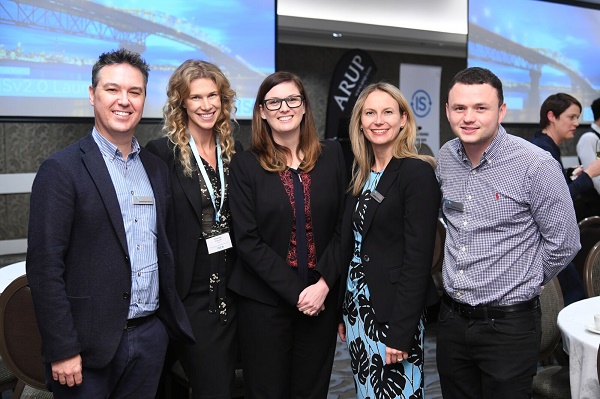

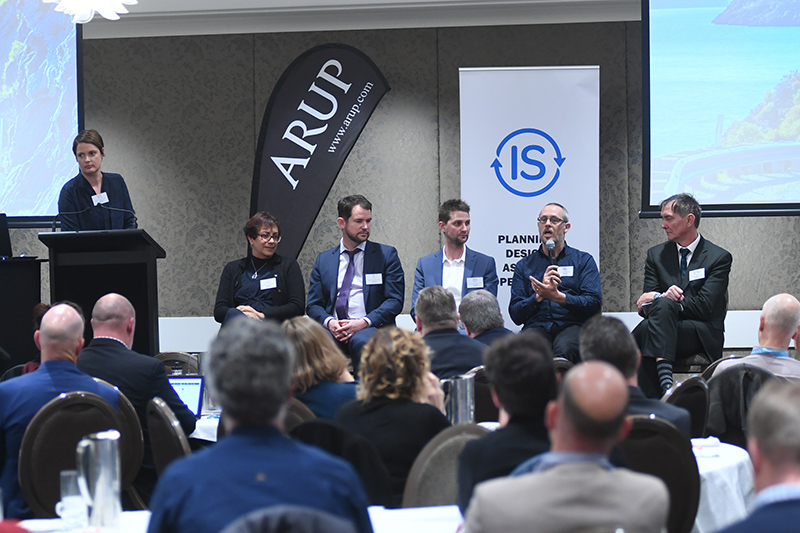
..jpg.aspx)
